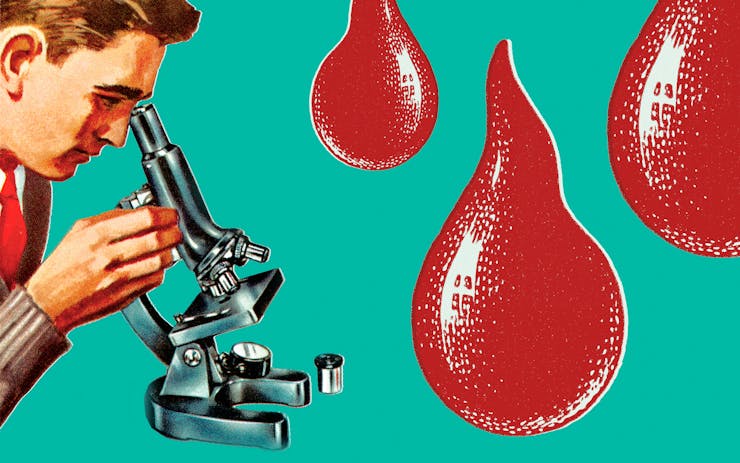The role of cannabis in vehicular crashes remains one of the most controversial aspects of legalization. A new study produced by a Colorado researcher threatens to upset one of the supposed scientific certainties about impairment and blood-THC levels.
A new study threatens to upset one of the supposed scientific certainties about impairment and blood-THC levels.
Andrea Tully, a graduate student researcher at the University of Colorado, looked at the blood draw methods and THC level results from 100 recently deceased subjects at the El Paso County Coroner’s Office in Colorado Springs.
Each subject tested positive for THC, but when comparing blood drawn from different parts of the body, Tully found dramatic disparities in THC levels. She also found disparities in THC levels drawn soon after death, compared to blood drawn hours or days later from the same subject.
Her conclusions throw doubt on the growing pool of data in legal states on fatal vehicle crashes supposed caused by THC impairment. “Reaching a verdict on the level of impairment of a deceased individual,” Tully wrote, “can prove to be risky and possibly reckless,” due to the many uncontrolled variables she uncovered in postmortem blood draws.
This has the potential to be a politically explosive statement.
THC-Impairment Data as a Political Weapon
Anti-legalization groups like SAM and the Rocky Mountain High Intensity Drug Trafficking Area group have gone to great lengths to publicize a purported rise in the number of fatal traffic crashes due to THC impairment. That data is often based on postmortem blood draws taken from drivers involved in a fatal crash.
Most legal states have adopted 5 ng/mL (nanograms per milliliter) of THC in the blood as the per se limit. Anything under that is considered legal; over that is grounds for arrest on a DUI charge, regardless of the actual impairment of the driver. When a driver killed in an auto crash is suspected of being impaired, their blood is drawn postmortem, sometimes hours or days after death.
As the Body Decays, THC Migrates
In her research, Tully found that delay skewed the data. The longer the time interval between death and the blood draw, the higher the THC level in the blood. She attributed that to the phenomenon of postmortem redistribution.
“Postmortem redistribution describes the movement of drugs within the body after death,” Tully noted, “with the result that the blood concentration of a drug is significantly higher at autopsy than immediately after death.”
That redistribution happens in part because organs that contain high concentrations of THC (such as the lungs and liver) release THC into nearby blood vessels at death.
THC levels also vary widely in different parts of the body. Tully found that blood draws from one subject varied from 2.1 ng/mL (under the legal limit) to 6.6 ng/mL (above the legal limit) depending on where blood was drawn in the body, while another subject’s THC levels varied from 2.9 ng/mL to 40.9 ng/mL.
Quality of Blood Sample Affects THC Level
Regarding the condition of the blood samples taken, Tully also found that “as the quality of the sample decreases, the concentration of THC increases.”
For example: One draw that contained a high amount of fat registered a high level of THC, most likely due to the fact that THC is highly lipophilic, so it tends to concentrate in fat cells. That fat-heavy sample registered nearly three times the THC level as a cleaner blood sample taken from the same subject.
Her research offers no conclusions about THC and impairment in living drivers, only about the accuracy of blood-THC levels gathered from postmortem blood draws. “Colorado has a statewide DUID limit of 5 ng/mL of parent THC in blood,” which is calculated based on blood samples taken from living drivers, Tully wrote. “However, making such a judgment call in deceased individuals is not so simple.”






